Durban’s Street Names: The Old ones
Lest we forget those who were honoured…
The following selection of Durban street names dating from before the mass re-naming frenzy of some fifteen or sixteen years ago has considered only those streets named after identifiable individuals. Information on the persons after whom the streets were named has been taken from the 1956 (privately) published “ORIGIN OF DURBAN STREET NAMES” by John McIntyre, a former Town Clerk of Durban. Where the information from this publication has been supplemented by the writer, the additional information has been enclosed in brackets.
The list is not complete, and it considers only the “old” city, not the modern metro. Contemporary names are included for reference.
Albert Street (Ingcunce Road)
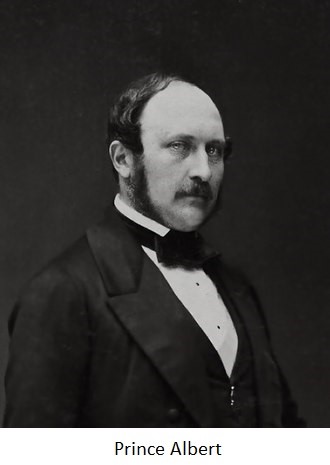
Runs from Pine Street to Leopold Street. Named in honour of Albert, Prince Consort of Queen Victoria, who, as Duke of Saxony and Prince of Saxe-Coburg and Gotha, married the Queen in 1840.
Alice Street (Johannes Nkosi Street)
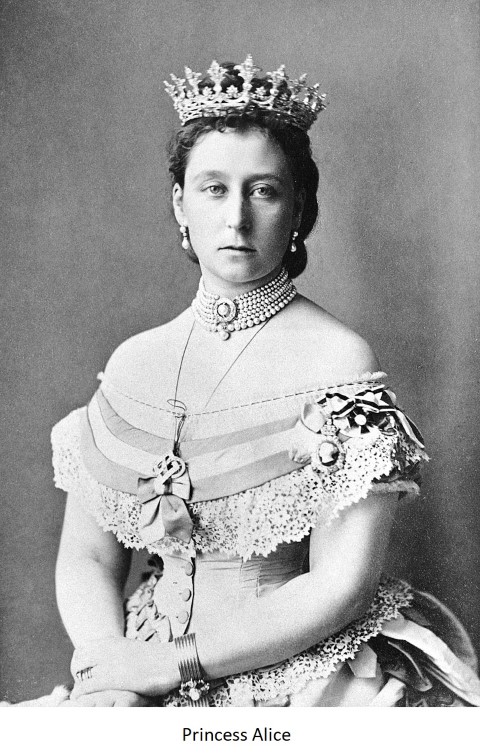
Runs from Warwick Avenue (Julius Nyerere Avenue) to Umgeni Road. Named in honour of Princess Alice, second daughter of Queen Victoria, who married Prince Louis, grand duke of Hesse-Darmstadt. Alice Street originally ran through to the Beach Front, but the section between Umgeni Road and the Beach was re-named Old Fort Road (K E Masinga Road).
Beatrice Street (Charlotte Maxeke Street)
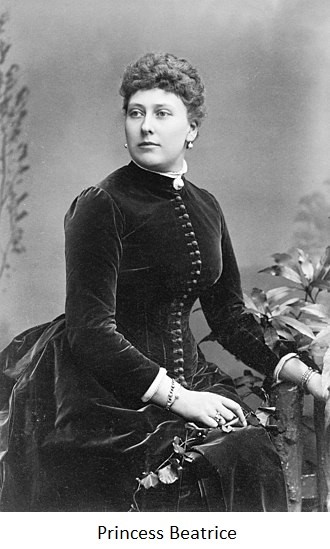
Off Umgeni Road, through Cartwright’s Flats. In honour of Princess Beatrice, fifth daughter and youngest child of Queen Victoria, who married Prince Henry of Battenberg.
Booth Road (Harry Gwala Road)
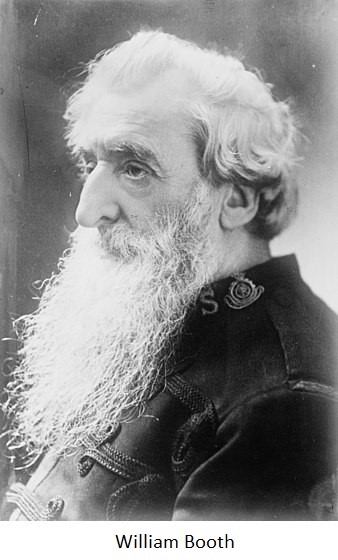
Off Bellair Road (Vuzi Mzimele Road). Skirts the property formerly occupied by the Salvation Army Social Farm. Named after General William Booth, the great evangelist and founder of the Salvation Army.
Brickhill Road (Sylvester Ntuli Road)
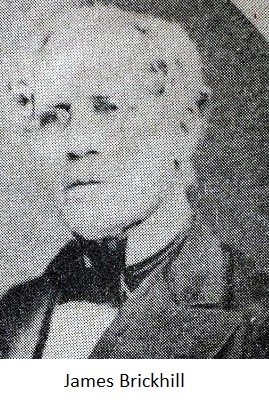
Runs from West Street to Argyle Road (Sandile Thusi Road). Takes its name from James Brickhill, a resident of Durban in the eighteen-fifties. He was a prominent trader and businessman, and was associated with the beginnings of the Natal Bank in 1854. Originally, he purchased property at Umbilo, and old maps of the town show a Brickhill Road approximately where Prospect Road is now situated. In later years he lived near the “Back Beach”, from which circumstance Brickhill Road today derives its name. He was a member of the Town Council in 1860.
Cato Manor Road (Mary Thiphe Street)

Francois Road (Rick Turner Road) to Westridge. Like other streets bearing the Cato name, takes its name from the brothers George C Cato and Christopher J Cato, who owned the area now known as Cato Manor.
George Cato and his brother were from a Huguenot family (Cateau) who had settled in Grahamstown in 1825. They came to Natal in 1839 with their wives and families. Their advice and guidance were much valued by Captain Smith in the defence of the Camp (the Old Fort) against the Voortrekker Boers in 1842, and they helped Dick King to cross the Bay when he set out on his epic ride to Grahamstown. George Cato’s personal acquaintance with the chequered history of the settlement, his intimate knowledge of local matters, and his remarkable personality made him one to whom the whole community looked for guidance. He established a flourishing business as landing and shipping agent and was interested in many trading enterprises. He was Lloyd’s Agent and consul for the United States. His genial disposition, resource and initiative marked him out as a leader among men. It was fitting that he became the first Mayor of Durban in 1854.
Chelmsford Road (J B Marks Road)
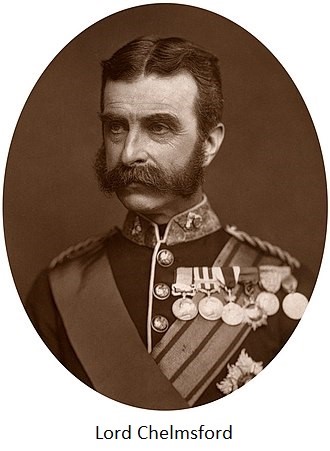
From Berea Road (King Dinuzulu Road) to Ellis Brown Road. Named after General Lord Chelmsford, who commanded the British Forces in the Zulu War, 1879.
Cowey Road (Problem Mkhize Road)
Runs from Montpelier Road to Sydenham Road (John Zikhali Road). Named in 1891 after William Cowey, a prominent merchant and trader. (Cowey served as a Town Councillor in 1861 and again in 1879.)
Dartnell Crescent (Gladys Manzi Road)
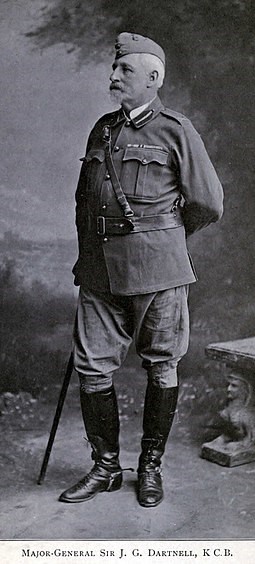
Skirts the Greyville Racecourse from Epsom Road to Sydenham Road (John Zikhali Road). Named in honour of Major-General Sir John George Dartnell, KCB, CMG, who was commandant-general of the Natal Volunteer Forces for 30 years, OC Natal Mounted Police for a long time, a soldier with a distinguished record in India and South Africa, and Hon Colonel of the Durban Light Infantry for many years. He was knighted during the visit of the Duke and Duchess of Cornwall and York to Natal in 1901.
Edwin Swales VC Drive (Solomon Mahlangu Drive)
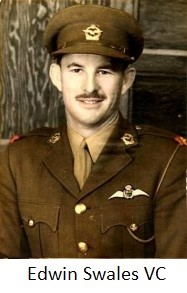
Runs across the head of the Bay from the South Coast Road to Bluff Road. (This was later extended up to the N2.) Opened for traffic in about 1945. Named in honour of Captain Edwin Swales of the South African Air Force (born at Inanda in 1917), who was awarded the Victoria Cross posthumously for his gallant conduct in an air attack on Pforzheim on 23rd February 1945. His mission successfully accomplished, by skilful flying he brought his greatly crippled machine with two engines out of action back over friendly territory and enabled all his crew to bale out and parachute to safety. His machine then crashed, and he was found dead at the controls.
Edith Benson Crescent (Problem Mkhize Road)
Above the Botanic Gardens, from St Thomas Road to Sydenham Road (John Zikhali Road). Named after Councillor Mrs E A Benson, who was largely instrumental in having this road cut and a tram-line laid to connect Berea Road (King Dinuzulu Road) with Clarence Road in 1923; member of Council from 1920 to 1946, first woman Councillor (1920), first woman Deputy-Mayor (1922) and Deputy Mayor again in 1937; first woman Freeman of the City (1930); MPC from 1943 to 1948 and MP, 1948 - 1953.
Field Street (Joe Slovo Street)
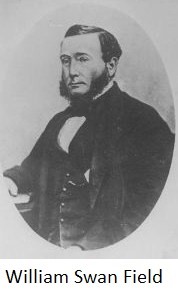
Runs from Prince Edward Street to the Victoria Embankment. Named after William Swan Field, first Collector of Customs and Resident Magistrate.
Fisher Street (Masobiya Mdluli Street)
Runs from Point Road (Mahatma Gandhi Road) to John Milne Road. Named by the City Council in October 1882 after R H U Fisher, Town Clerk of Durban from 1860 to 1876, when he resigned and went into partnership in the firm of Dickinson & Fisher, hardware merchants, who traded in West Street for many years. Mr Fisher was elected to the Town Council in 1876.
Francois Road (Rick Turner Road)
Originally from Congella Road to Manning Road (but later continuing well past Manning Road to Booth Road). Named after Dr Charles Arthur Francois, Town Councillor from 1914 to 1924, for the last year of which he was Deputy Mayor. (Francois was due to be elected Mayor in 1924, but his defeat in the municipal elections that year put paid to that.)
Frere Road (Esther Roberts Road)
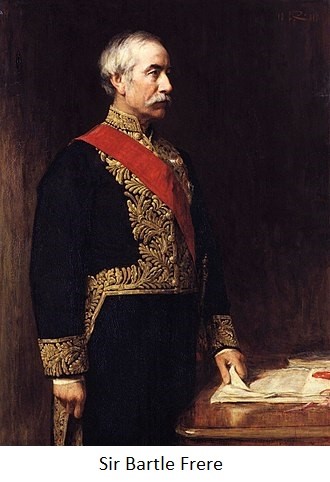
Runs from Clark Road to Penzance Road. After Sir Bartle Frere, Governor of the Cape of Good Hope and High Commissioner in South Africa, who visited Natal at the time of the Zulu War in 1879.
Gardiner Street (Dorothy Nyembe Street)
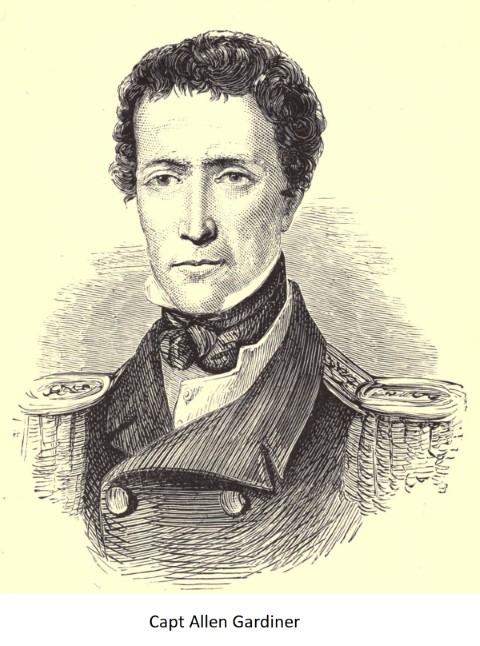
Runs from Pine Street to the Victoria Embankment. Named after Captain Allen F Gardiner, ex R N Officer who came to Natal as a missionary in 1835. Established his mission station on the bush-covered hill above the settlement and named it Berea. He called a meeting of the handful of settlers in 1835 at which the proposed township was named D’Urban after Sir Benjamin D’Urban, Governor of the Cape of Good Hope at that time. Gardiner went to England and returned to the Bay of Natal in 1837, invested with magisterial powers which the settlers refused to recognise. Gardiner pursued his missionary career in the Far East and finally died of starvation on the inhospitable coast of Tierra del Fuego, South America, going down in history as the Patagonian Matyr. A handsome bronze plaque, let into the low wall of the Town Gardens opposite the main entrance to the City Hall in Church Street, records his association with Durban’s early history.
Grey Street (Dr Yusuf Dadoo Street)
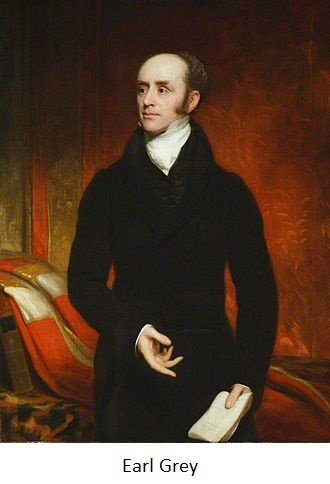
Runs from Dartnell Crescent to West Street. So named after Earl Grey, Secretary of State for the Colonies when Lord John Russell was prime minister of Great Britain in the eighteen-fifties (vide George Russell’s “History of Old Durban”). Grey Street originally ran down to the Victoria Embankment, but the section between West Street and Bayside was re-named Broad Street.
Jan Smuts Highway (King Cetshwayo Highway)
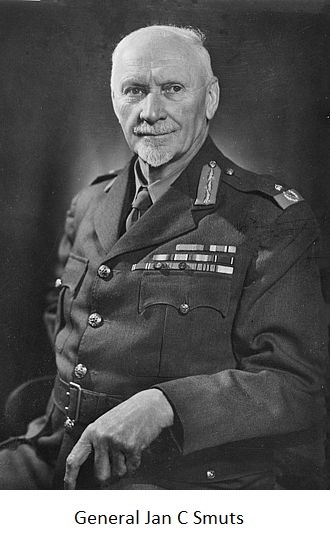
The main road from Toll Gate (the old Borough Boundary) to the new boundary of the City beyond the 45th Cutting. Named to honour the 80th birthday of General Smuts, 24th May 1950. He was invited to Durban to inaugurate the new designation, but illness overtook him, and he passed away soon afterwards.
King George V Avenue (Mazisi Kunene Road)
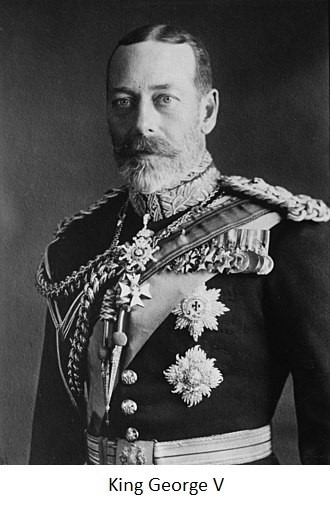
Runs from Princess Alice Avenue to Silver Jubilee Gardens at Howard College, originally known as University Avenue. Renamed in honour of King George V, who, as Duke of Cornwall and York, visited Durban with his consort in August 1901. He ascended the throne in 1910 and they celebrated their Silver Jubilee in 1935.
Leopold Street (David Webster Street)
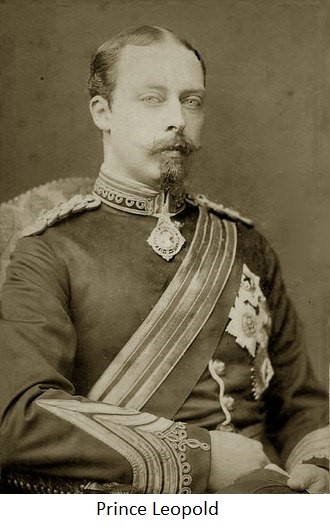
Runs from Umgeni Road to Grey Street. An old road, laid off some time in the eighteen-seventies and named after Prince Leopold, youngest son of Queen Victoria. His daughter was HRH Princess Alice, Countess of Athlone, well-remembered in South Africa as the wife of the Earl of Athlone, Governor-General 1925 to 1930, (and in whose honour Princess Alice Avenue was named).
Lorne Street (Ismail C Meer Street)
Runs from Umgeni Road to Grey Street. An old road, laid off some time in the eighteen-seventies, and named after Princess Louise, daughter of Queen Victoria, who married the Marquis of Lorne (later the Duke of Argyle).
Mitchell Road (Gladys Manzi Road)
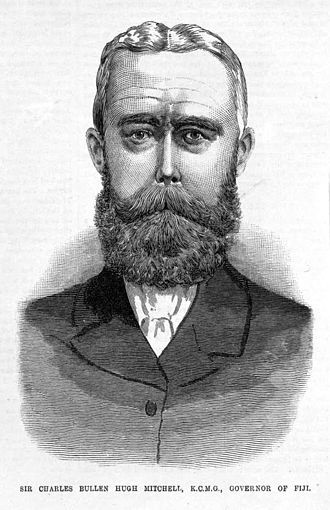
From Florida Road to Epsom Road. Together with Mitchell Crescent (from Mitchell Road to Avondale Road) and Mitchell Park was named after Sir Charles B H Mitchell, who first came to Natal as Colonial Secretary in 1878 and after serving as Governor of the Fiji Islands from 1886 came back to Natal as Governor of the Colony in 1889.
Nicolson Road (Z K Matthews Road)
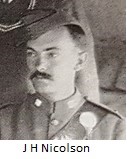
Runs from McDonald Road to Queen Mary Avenue. Named after J H Nicolson, OBE, a well-known local citizen who was a Councillor from 1911 to 1918, during which period he was Deputy Mayor 1913-15 and Mayor from 1915 to 1918.
Pine Street (Monty Naicker Road)

Runs from Brickhill Road to Cathedral Road. One of the oldest thoroughfares in Durban. Named after Sir Benjamin Pine, Lieut-Governor of Natal from 1850 to 1856 and again in 1873-75. Was originally known as Pine Terrace but was changed to Pine Street in 1888. The short crescent which joins it to West Street opposite Farewell Square was known as Nelson Street in 1888. The name Pine Terrace is preserved for the road which runs alongside the Central Gaol to Prince Alfred Street, parallel to Pine Street.
Prince Alfred Street (Florence Nzama Street)
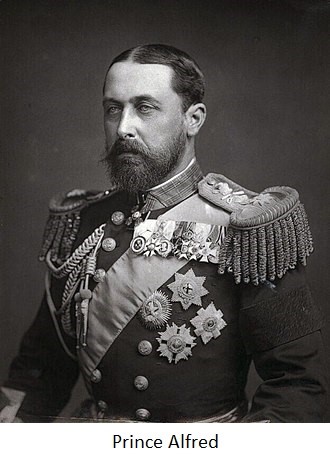
Runs from Smith Street to Old Fort Road. Named after Prince Alfred, second son of Queen Victoria, who as a lad of 15 toured South Africa in 1860 and, having ridden from Pietermaritzburg, arrived in Durban on 5th September; was presented with the customary loyal address by the Mayor, feted at a ball that evening, and travelled to the Point on the new railway (opened that year) on the following morning to re-join his ship, HMS Euryalis, on which he was serving as midshipman. Prince Alfred was created Duke of Edinburgh in 1866, was Admiral of the Fleet 1876-1893, became Duke of SaxeCoburg and Gotha in 1893 and died near Coburg in 1900.
Prince Edward Street (Dr Goonam Street)
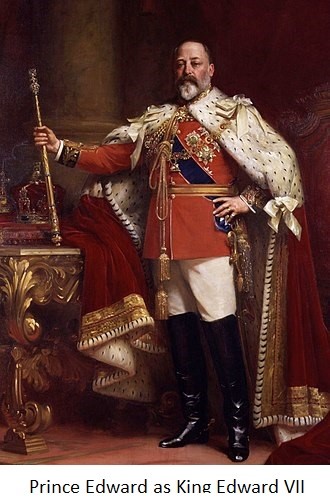
Runs from Soldiers’ Way to Brook Street. Named after Prince Edward, eldest son of Queen Victoria, who became King Edward VII. Prince Edward Street was at one time, until well into the nineteen-hundreds, joined up with Ordnance Road (Bram Fischer Road) by means of a bridge over the railway, but this was later transferred to Alice Street/Old Fort Road.
Queen Street (Denis Hurley Street)
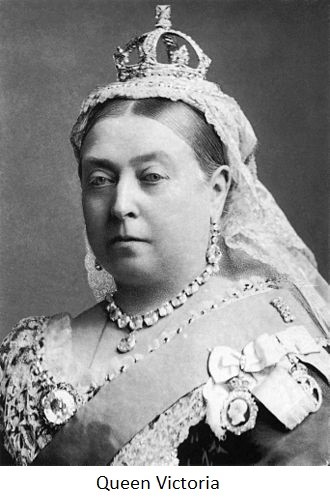
Runs from Soldiers’ Way to Brook Street. A very old thoroughfare, which dates from the eighteen-sixties, named after the great Queen Victoria. The absence of her Christian name is in a sense a tribute to the universal veneration in which she was held and the aura of permanence which seemed to enwrap her. It is an interesting reflection that in her long reign there were generation of her subjects – millions in Great Britain alone, to say nothing of the countless millions of people elsewhere in the world who throughout their lives knew no other occupant of the British throne. There were countless people who lived to the fair age of 60-something and reared families and had grandchildren of their own who never knew any other Queen than Victoria. She wasn’t Queen Victoria, she was simply The Queen.
(Little did John McIntyre know when he wrote the above in 1956 that these words would apply equally (or perhaps more so?) to the reigning Queen in 1956, Queen Elizabeth II.)
Queen Mary Avenue (Sphiwe Zuma Avenue)
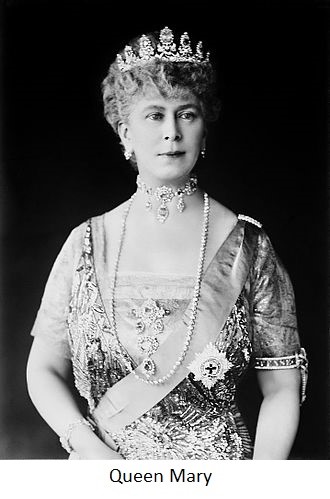
Runs from Umbilo Road to Jubilee Gardens at Howard College. Named in honour of Queen Mary, consort of King George V; as Duke and Duchess of Cornwall and York they visited Durban in 1901 and celebrated their Silver Jubilee in 1935.
Russell Street (Joseph Nduli Street)
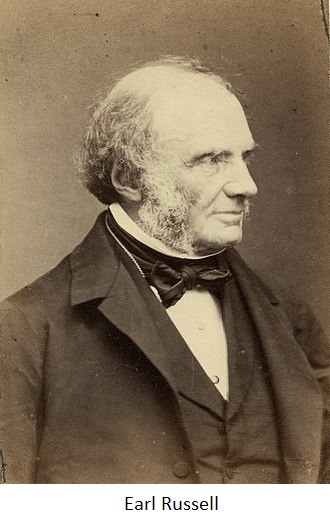
Runs from West Street to Victoria Embankment. One of the oldest thoroughfares in Durban, and at one time a much-sought residential locality. George Russell in his “History of Old Durban” records that it was named after Lord John Russell who was Prime Minister of Great Britain from 1846.
Smith Street (Anton Lembede Street)
Runs from Moore Road (Che Guevara Road) to Marine Parade (O R Tambo Parade).Known by this name before 1850, George Russell in his “History of Old Durban” places on record that it was named after Captain Smith of the 27th Regiment, defender of the Camp (the Old Fort) in 1842. In 1841 the British Government decided finally to take formal possession of Natal. Captain T Charlton Smith (a veteran of Waterloo) with a detachment of the 27th Regiment (Inniskilling Fusiliers) was at the frontier post on the Umgazi River, a short distance from Port St Johns. Towards the end of March 1842, his small force of infantry and artillery, numbering 237 men, plus wives, children, transport and oxen, in a convoy of some 60 waggons, set out for the little settlement at the Bay of Natal. After an arduous journey they arrived at Durban on 4th May and established their Camp where the Old Fort is now. The trekker Boers resented the advent of this force and the resumption of British rule and hostilities broke out. After a disastrous failure at a night attack on the Boer camp via the muddy sands of the Bay, Captain Smith, seeing that a siege was inevitable, wrote a despatch to the Government authorities at Grahamstown, and this despatch was carried by Dick King on his famous ride. The siege continued with great privations to the beleaguered garrison, until on June 24th and 25th the 52-gun frigate HMS Southampton, with the 25th Regiment on board, arrived from Cape Town and the schooner Conch with the grenadier company of the 27th Regiment arrived from Port Elizabeth, the troops were landed and the garrison was relieved. The record of the origin of the name of Smith Street is displayed on a ceramic plaque erected in a stone feature at the corner of Smith Street and Gardiner Street at the time of the Dick King Centenary in 1942.
Sparks Road (Moses Kotane Road)
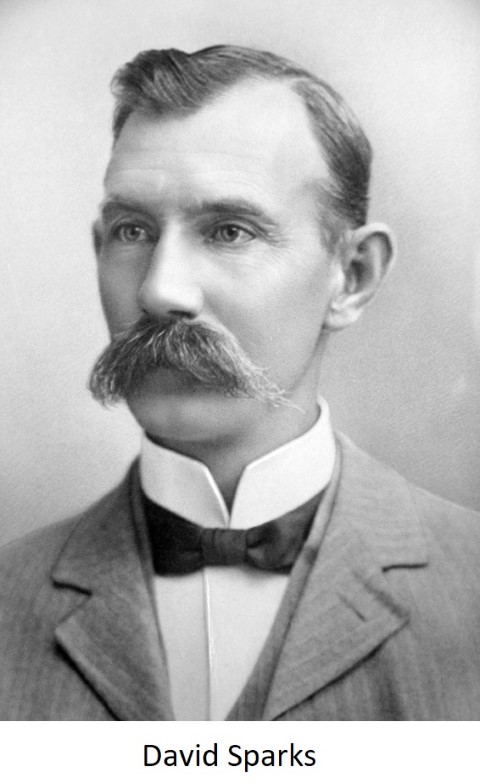
Runs from Overport through Sydenham to Sherwood. Takes its name from the well-known family who owned property and lived at Sydenham for many years. David Sparks farmed at Springfield in the very early days. The village which grew up in the neighbourhood had at that time the attractive character of an English village, and David Sparks gave it the name Sydenham after the district of London of that name from which he came. Two of his sons (Colonel Harry Sparks of the Natal Mounted Rifles and founder of Sparks & Young, and John Sparks) married daughters of Robert Garbutt, another old settler at Sydenham, after whom Garbutt Road was named.
Stanger Street (Stalwart Simelane Street)
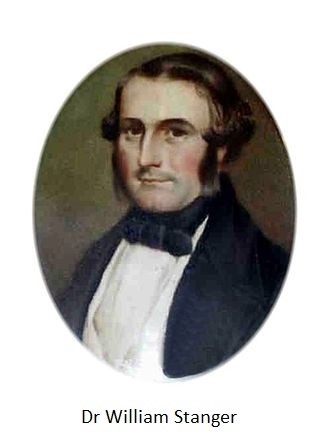
Runs from Pine Street to Victoria Embankment. A very old thoroughfare, named before 1850, to honour Dr William Stanger, the first surveyor-general of Natal. He died in Durban in 1854, and his grave in the West Street Cemetery is marked by a handsome monument.
Stanley Copley Drive (R D Naidu Drive)
Leads to King George V Hospital at Springfield. Named after Dr Stanley Copley, a member of the Town Council 1915 to 1917 and from 1933 to 1938, and Mayor 1934-35. Prince George (later the Duke of Kent) visited Durban during his mayoralty.
Victoria Embankment (Margaret Mncadi Avenue)
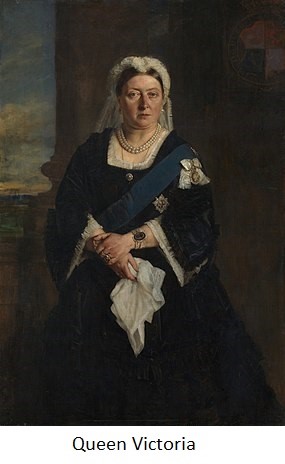
Runs from Cato Creek to Albert Park along the Bay front – often erroneously termed the Esplanade. This ambitious work, by which the mangrove-fringed edge of the Bay was reclaimed, was commenced in 1896 and completed in 1902. The Town Council by a resolution passed on 5th July 1897 resolved that the Durban Bay Embankment be officially named “The Victoria Embankment” in honour of Her Majesty The Queen. It marked the Diamond Jubilee of her reign, 1837-1897. The Bayside Railway was added in 1936 and the ground lying between the road and the railway was laid out in gardens.
Victoria Street (Bertha Mkhize Street)
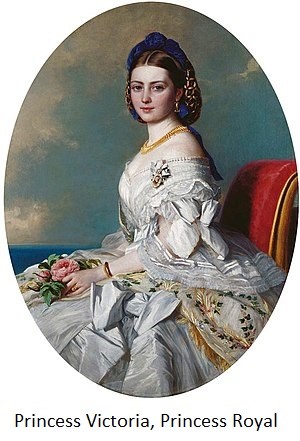
Runs from Soldiers’ Way to Warwick Avenue (Julius Nyerere Avenue). Named after Princess Victoria, first child of Queen Victoria. She married Crown Prince Frederick of Prussia, and their son became Kaiser William, Emperor of Germany, of the First World War, 1914-18.
Walter Gilbert Road (Isaiah Ntshangase Road)
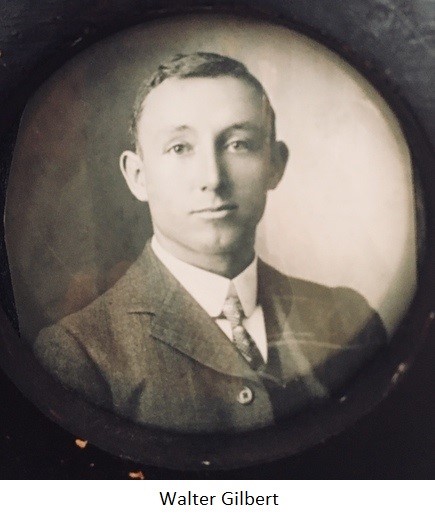
Runs from Umgeni Road to Snell Parade. Named after Walter Gilbert, a well-known and much esteemed citizen, prominent in sporting circles and public life. Councillor from 1917 to 1927; Deputy Mayor 1920; Mayor 1922 to 1924; member of the Natal Provincial Council from 1924 to 1926.
West Street (Dr Pixley Ka Seme Street)
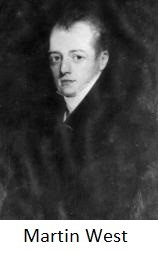
The main street of the City, and one of the oldest thoroughfares in Durban. George Russell in his “History of Old Durban” records that it was so named after Martin West, first Lieut-Governor of Natal, 1845 to 1849, and a copper plaque on the wall of Barclay’s Natal Bank Branch at the corner of West Street and Gardiner Street, placed there by the South African National Society, displays the information for the benefit of the thousands of people who pass this spot every day without even a glance at it! After the final occupation of Natal as a British possession in 1842, Natal was annexed to the Cape of Good Hope in 1845 as a province of the Cape. Martin West, resident Magistrate at Grahamstown, was appointed the first Lieut-Governor of Natal. He was assisted by an executive council of five.
Winder Street (Dr Langalibalele Dube Street)
Runs from Point Road (Mahatma Gandhi Road) to Victoria Embankment. A very old thoroughfare, named after George Winder, one of the early residents of Durban, who took over McDonald’s Hotel in 1857 and re-named it the Masonic Hotel (now the Royal Hotel). He was a member of the Town Council in 1860-62, and the family later owned much property in the Stamford Hill district and were prominently associated with St James Church for many years.
Windermere Road (Lilian Ngoyi Road)
Runs from Clarence Road to Burman Drive. Is also named after George Winder (see Winder Street above): it was originally named Winder Road and the name was change to Windermere Road in the nineteen-tens in order to avoid confusion.
- Hits: 4155